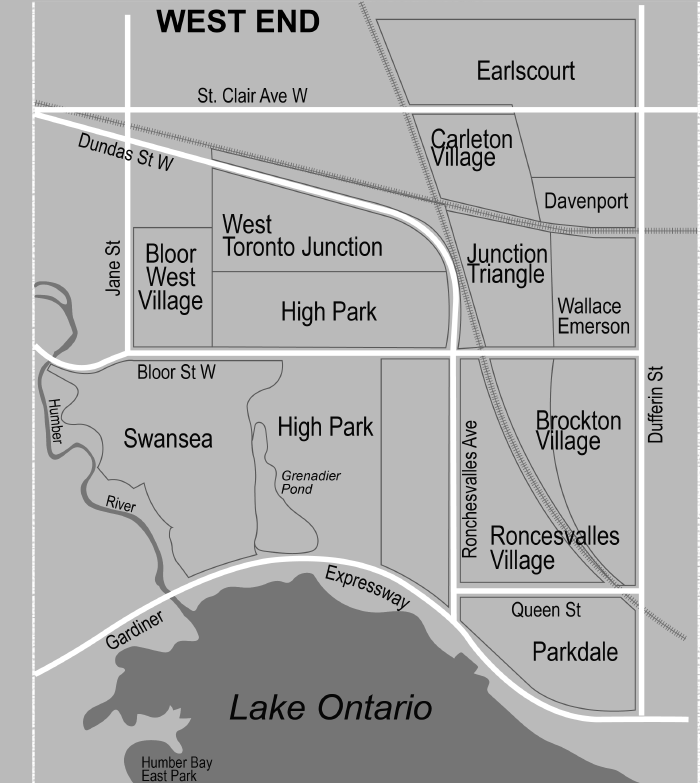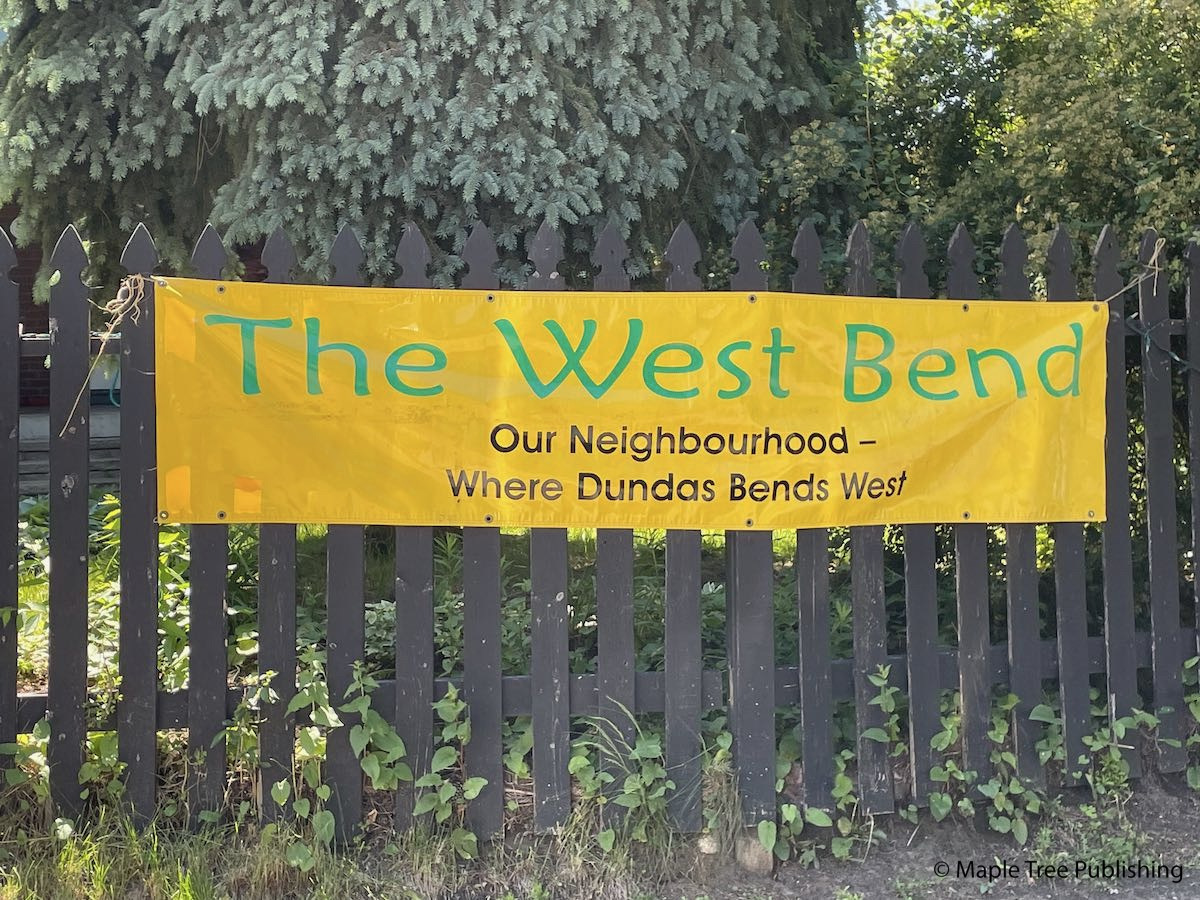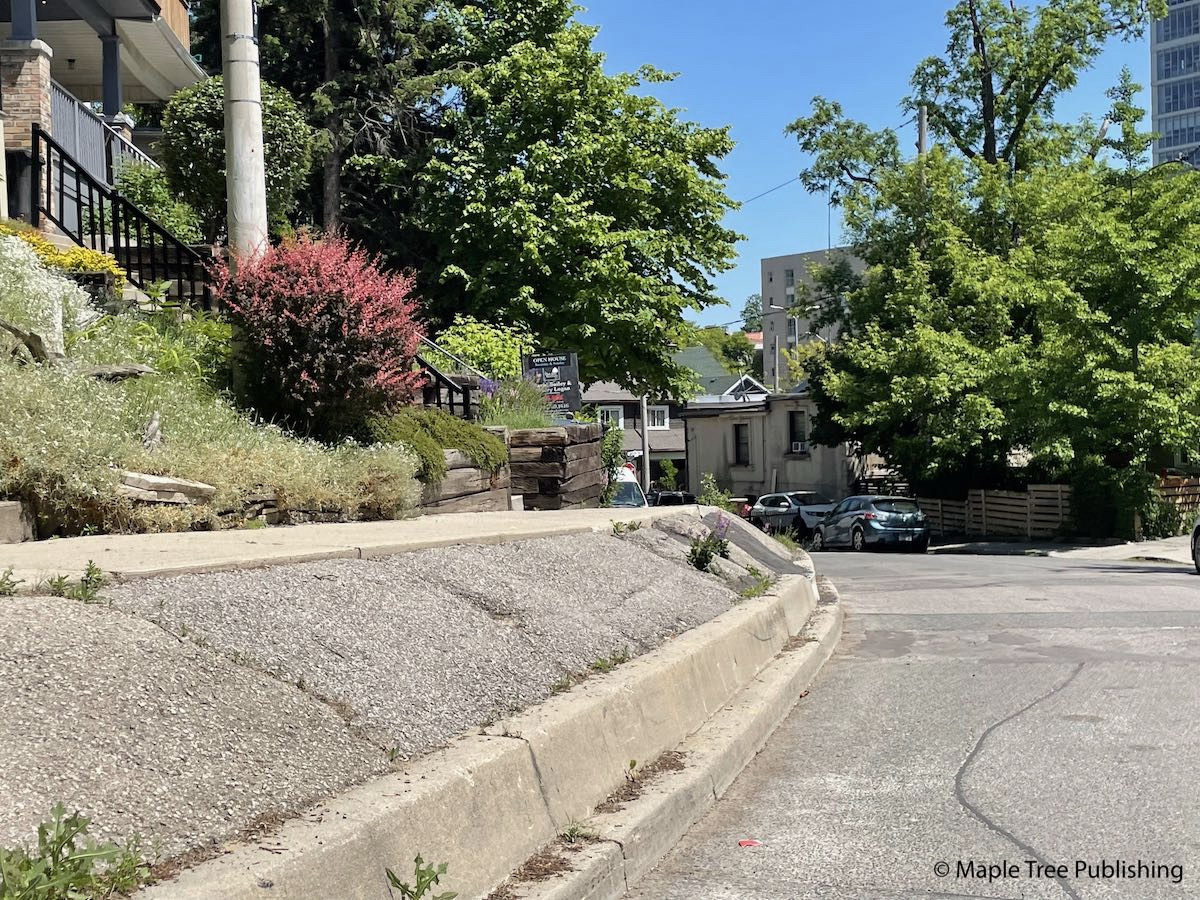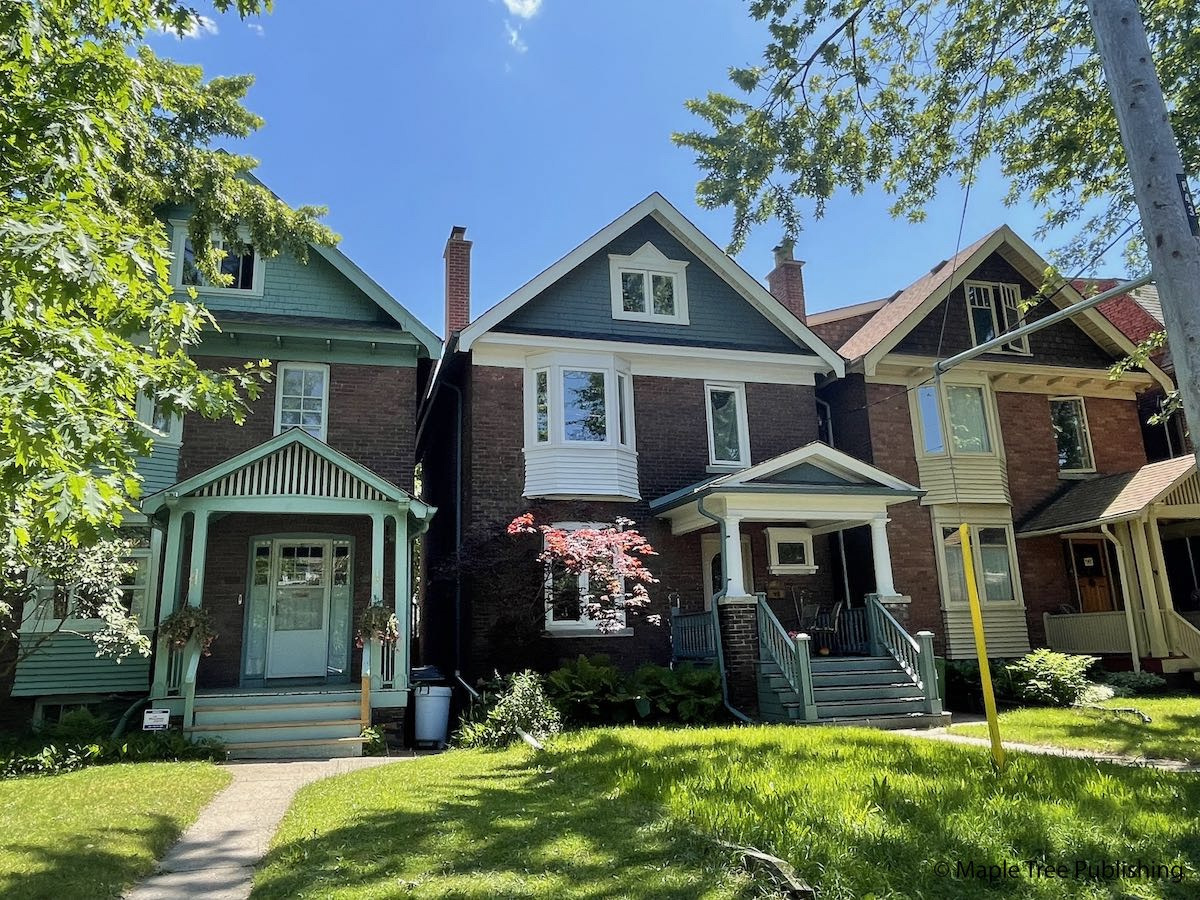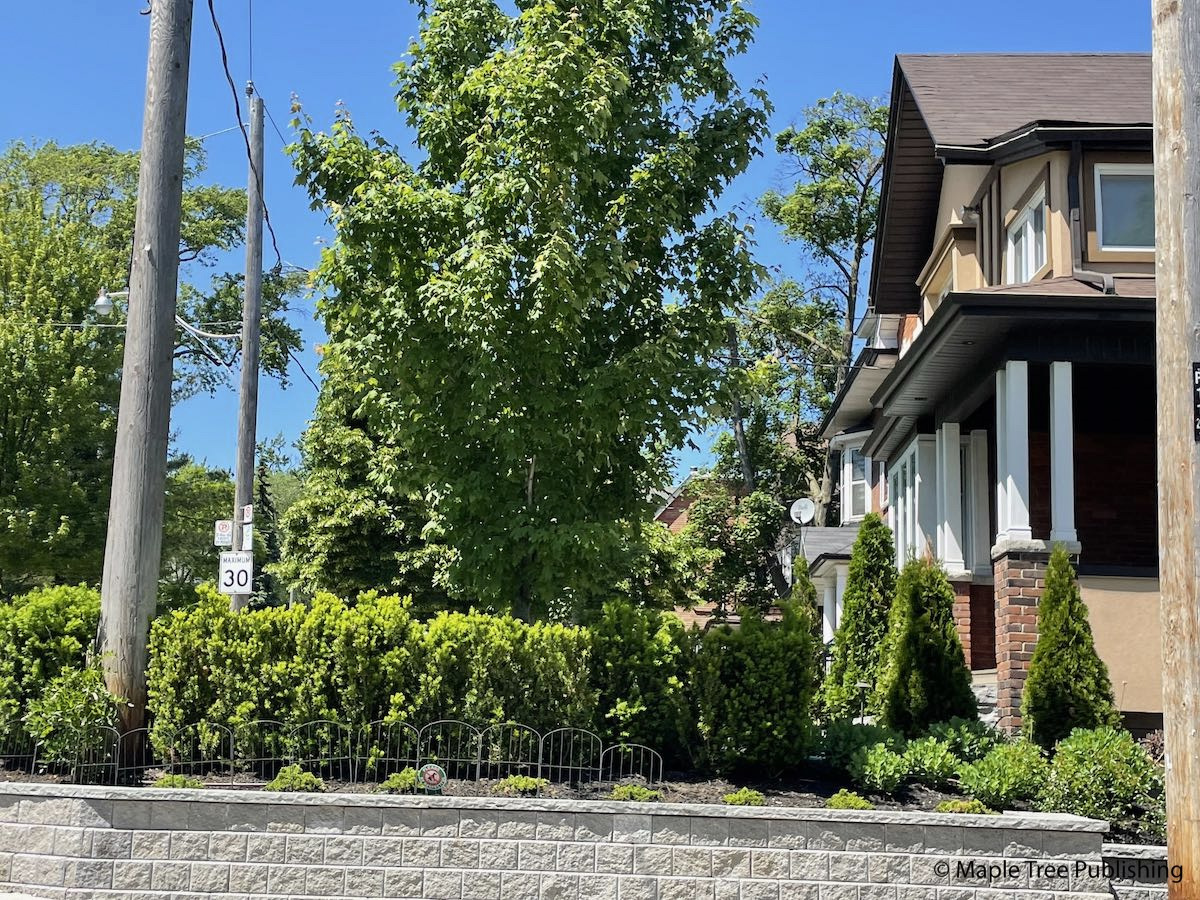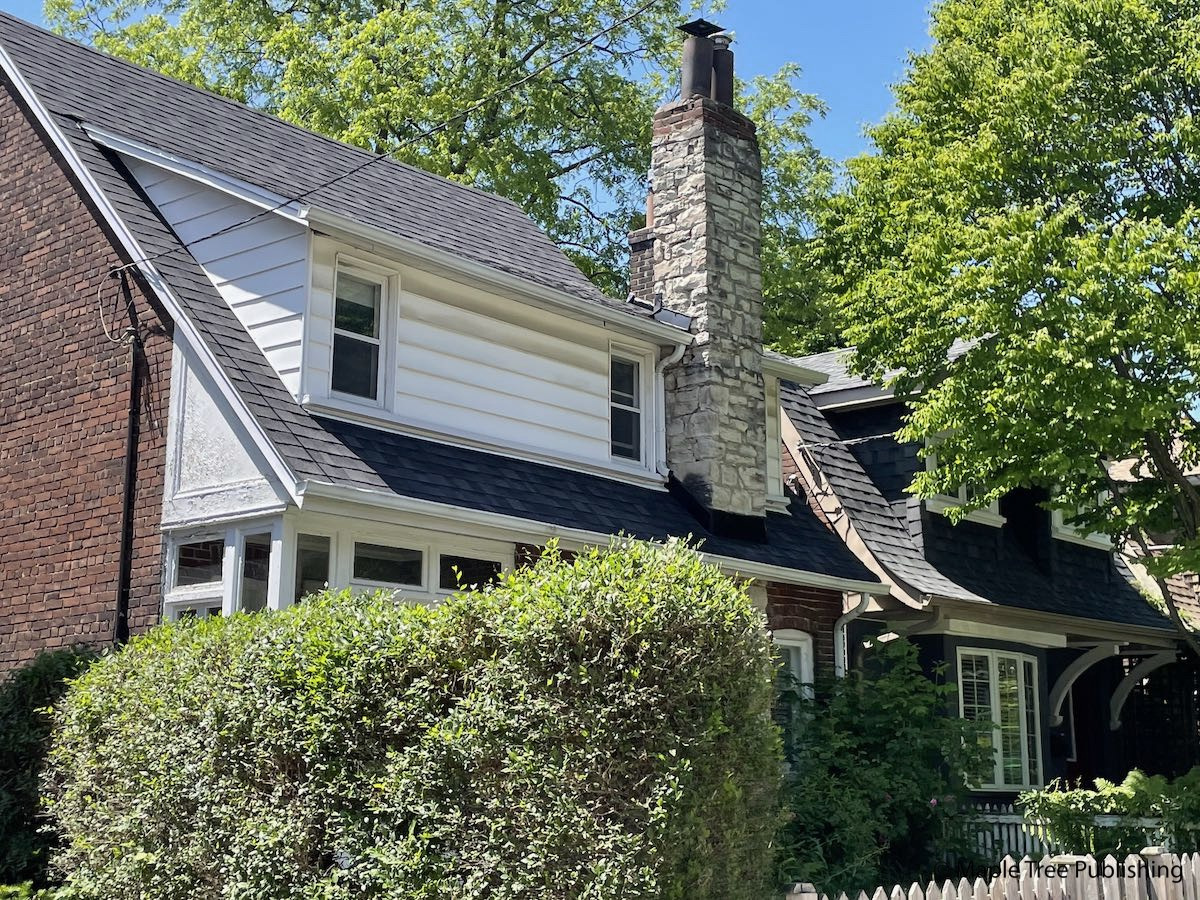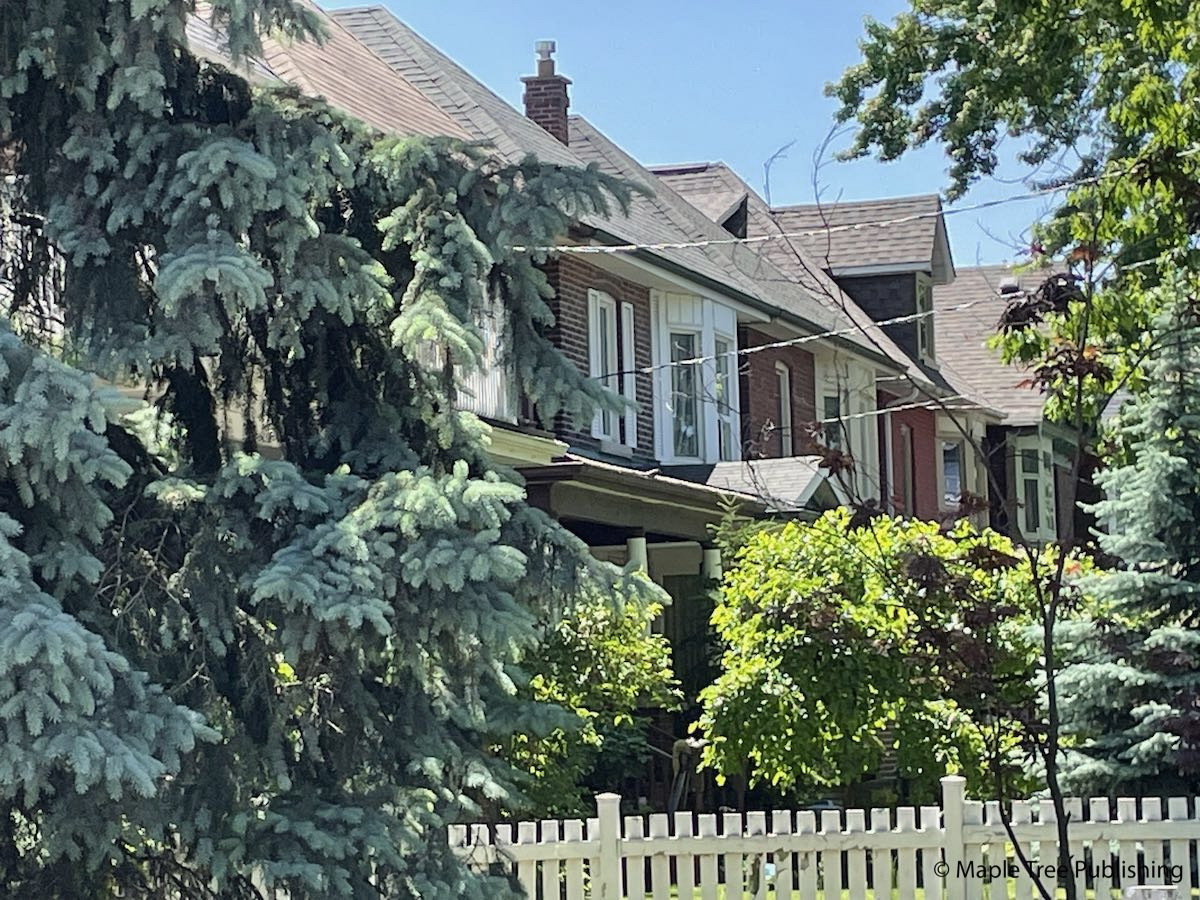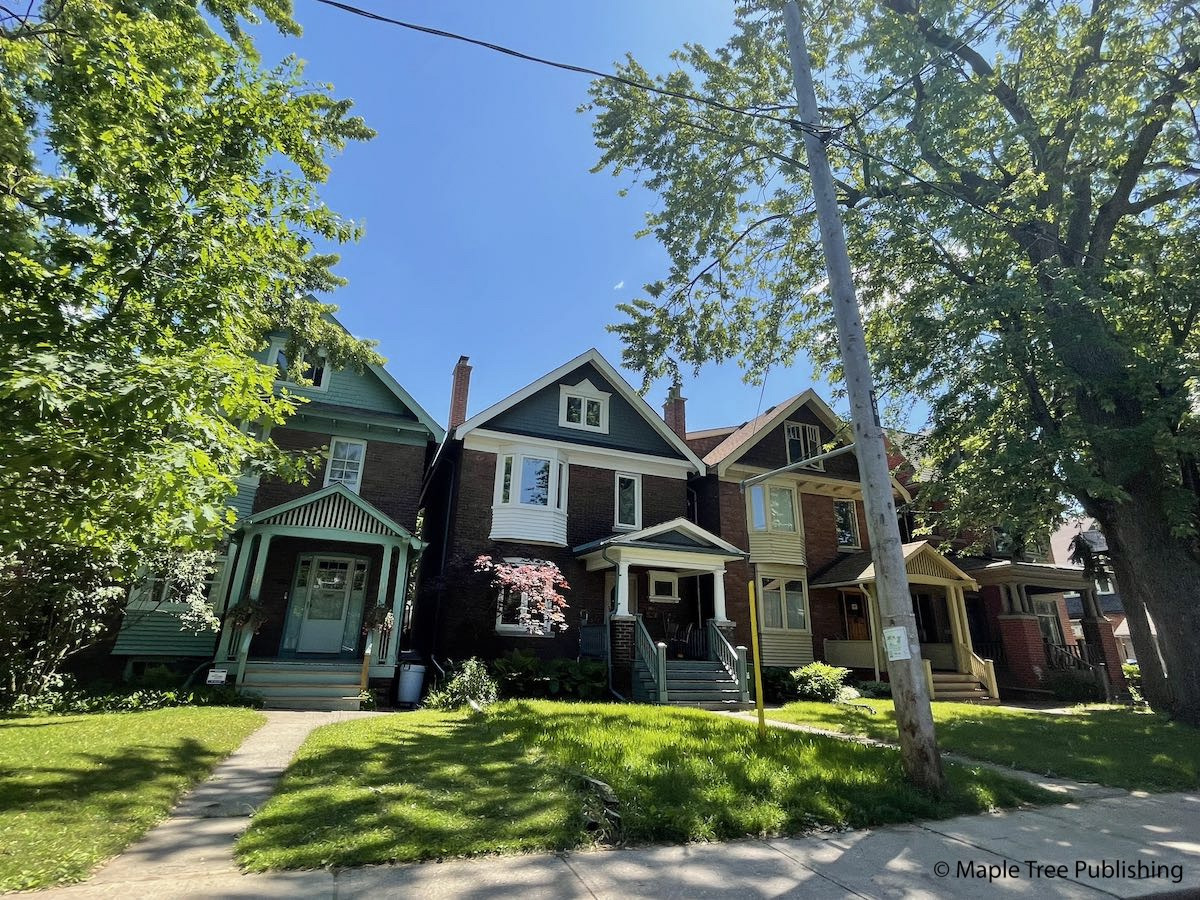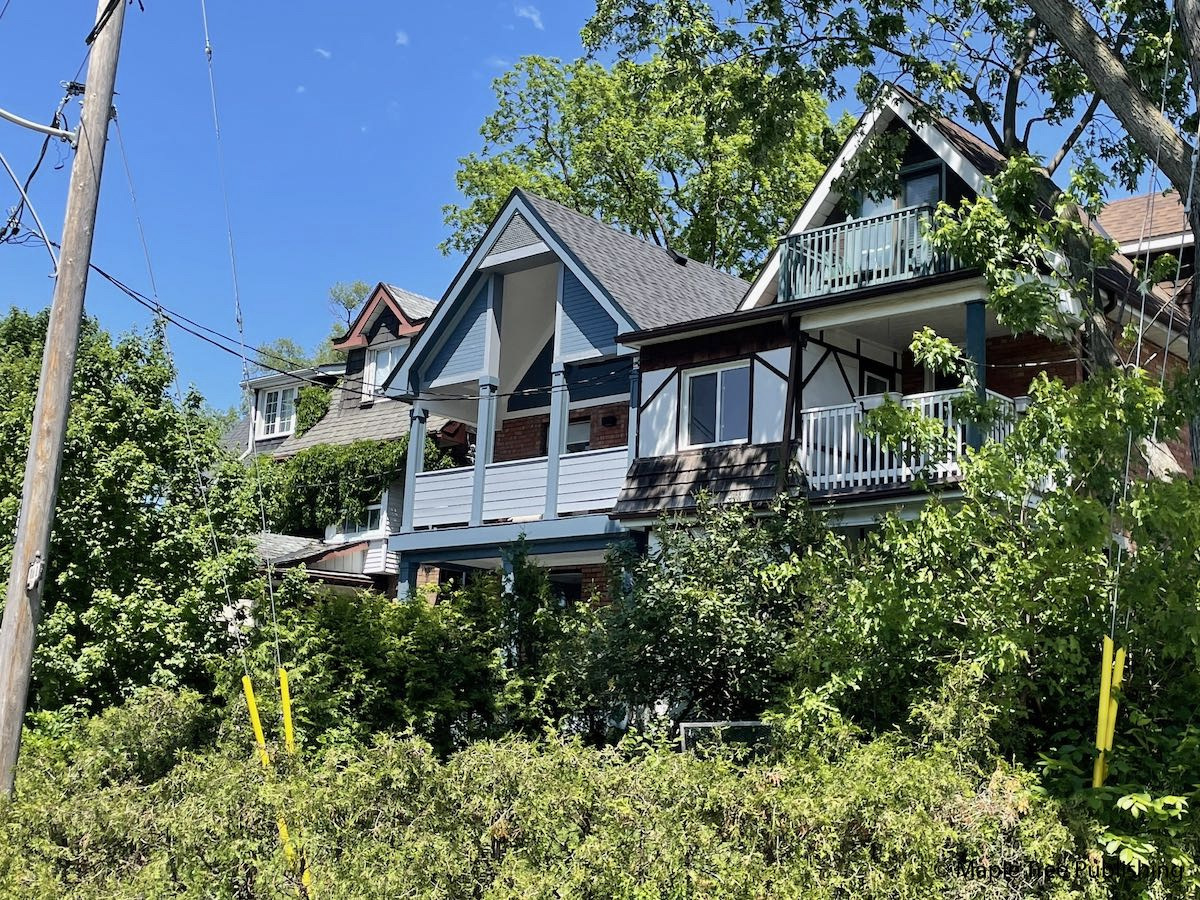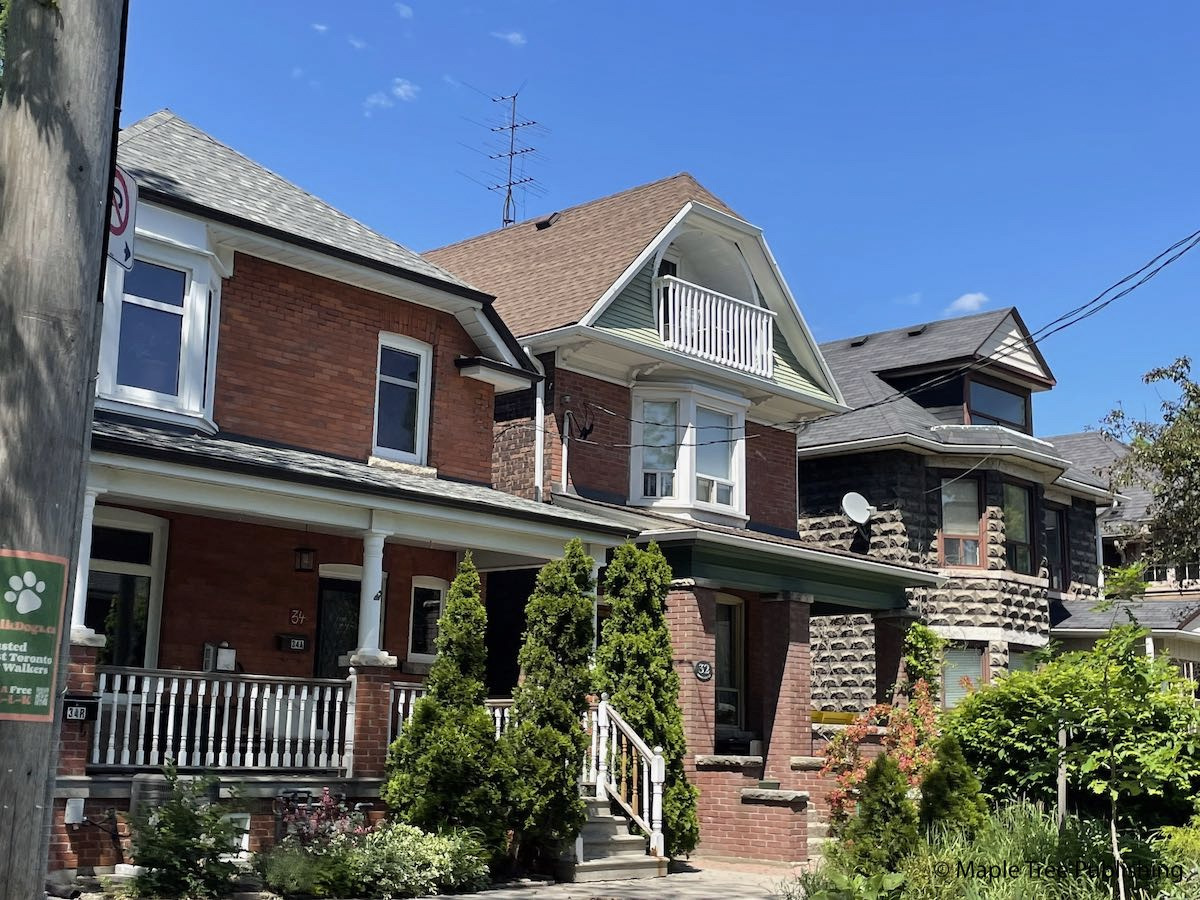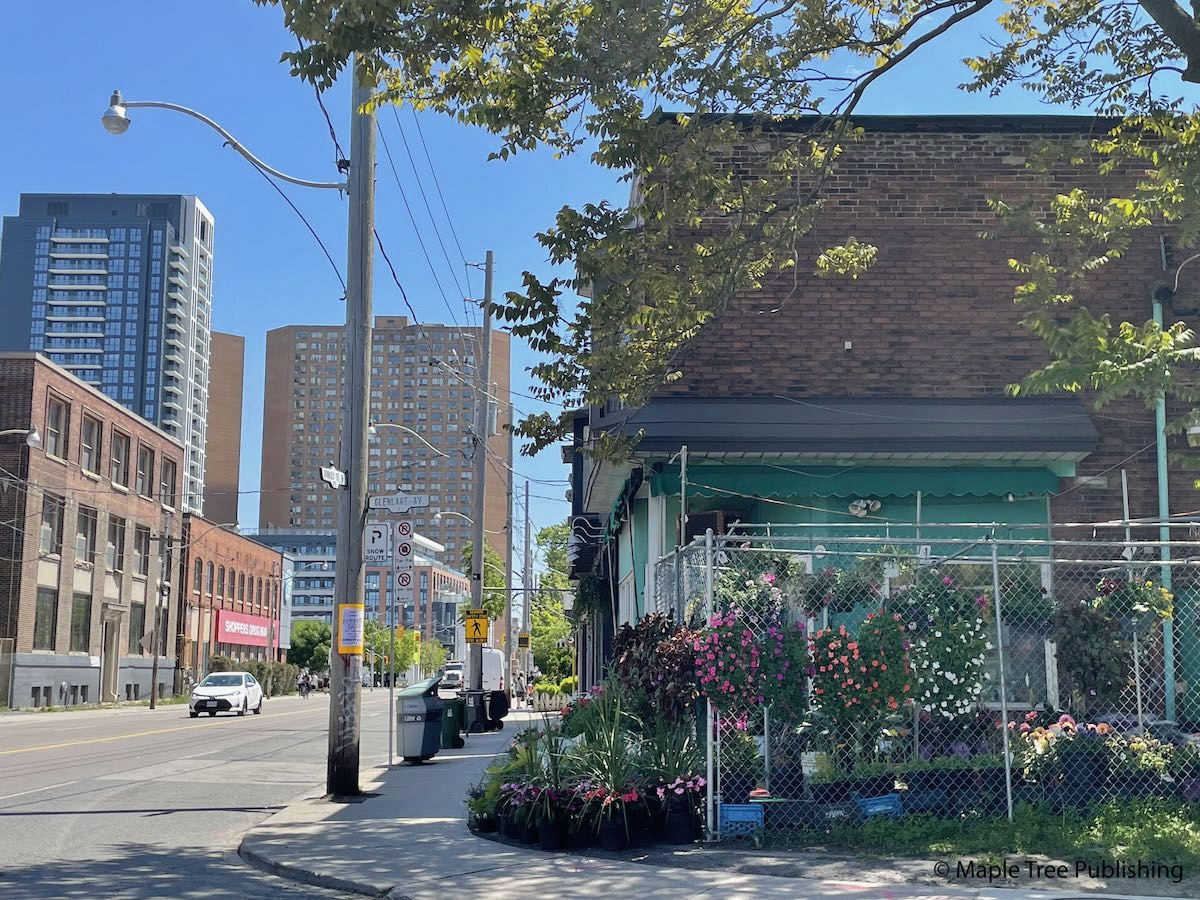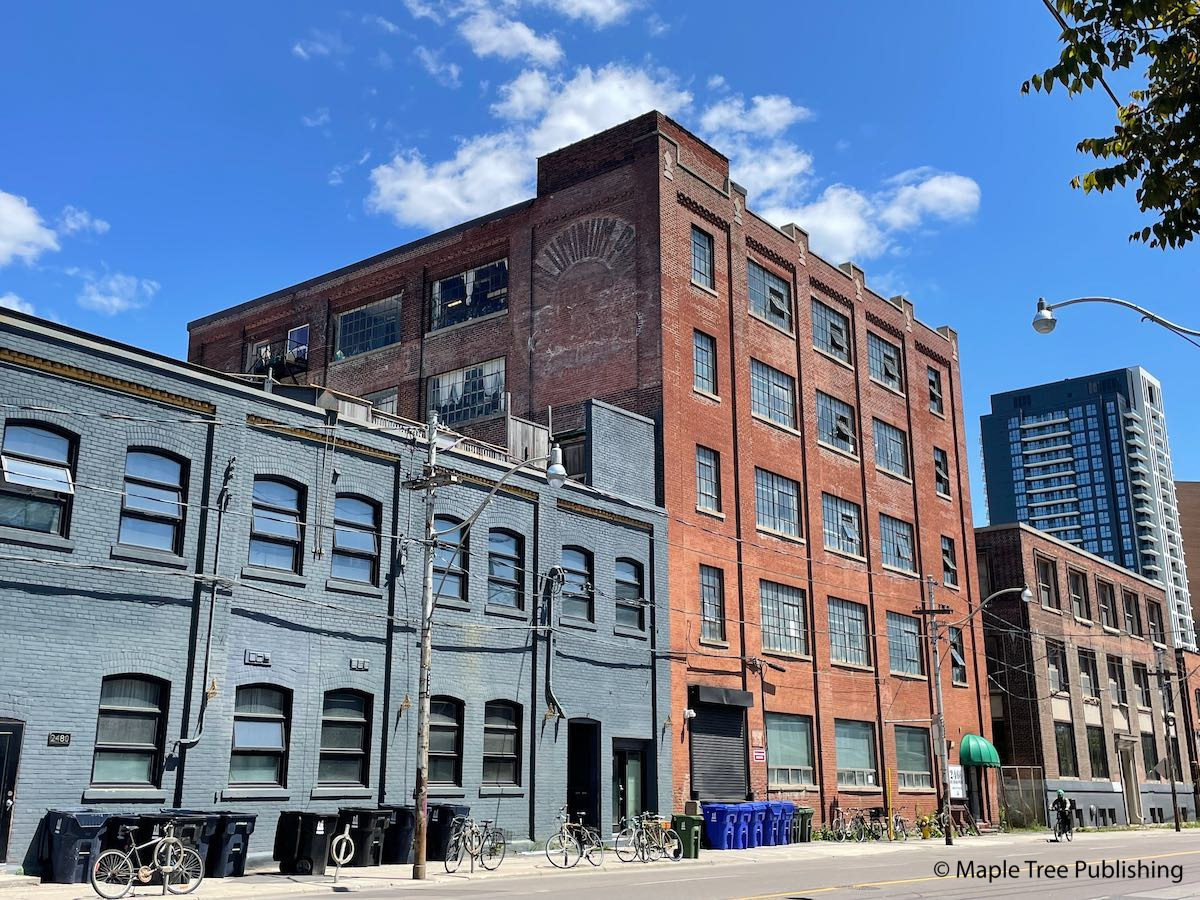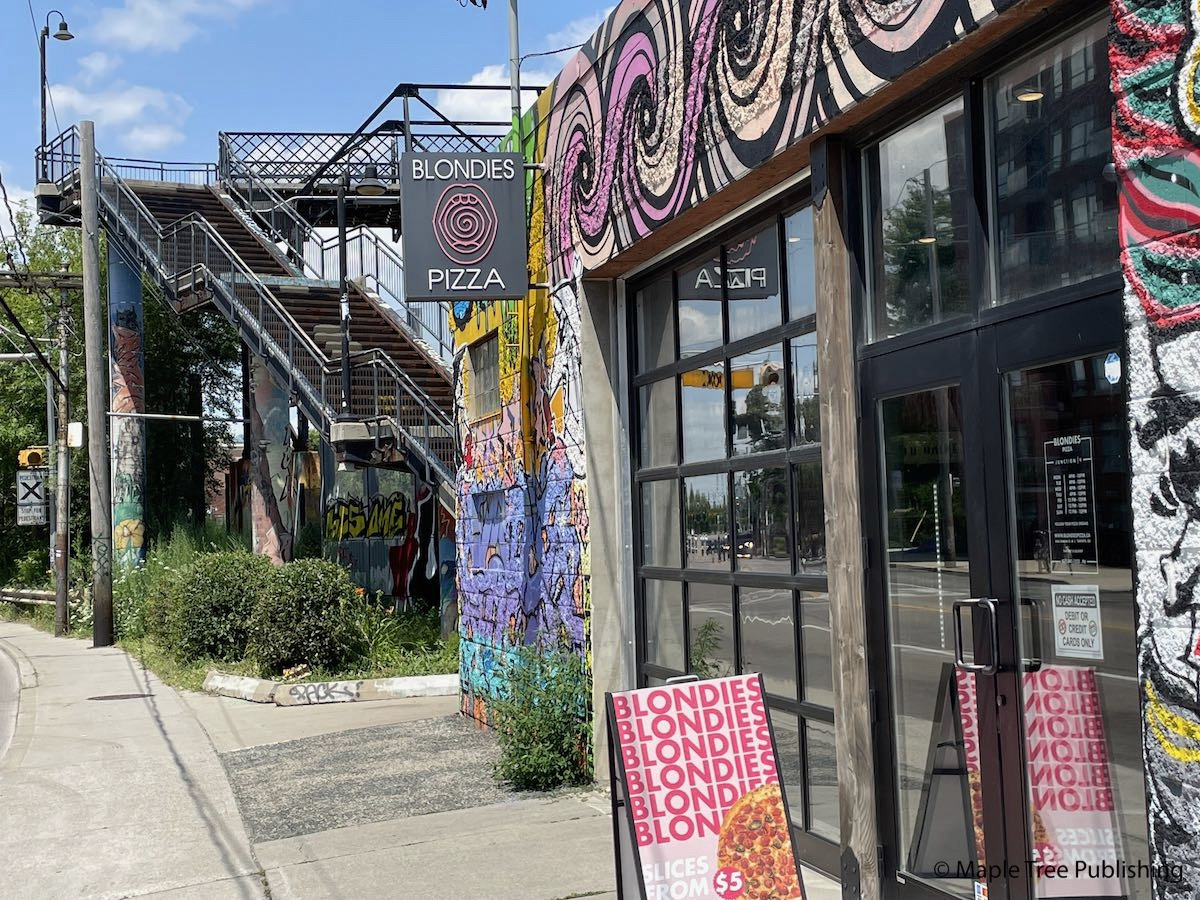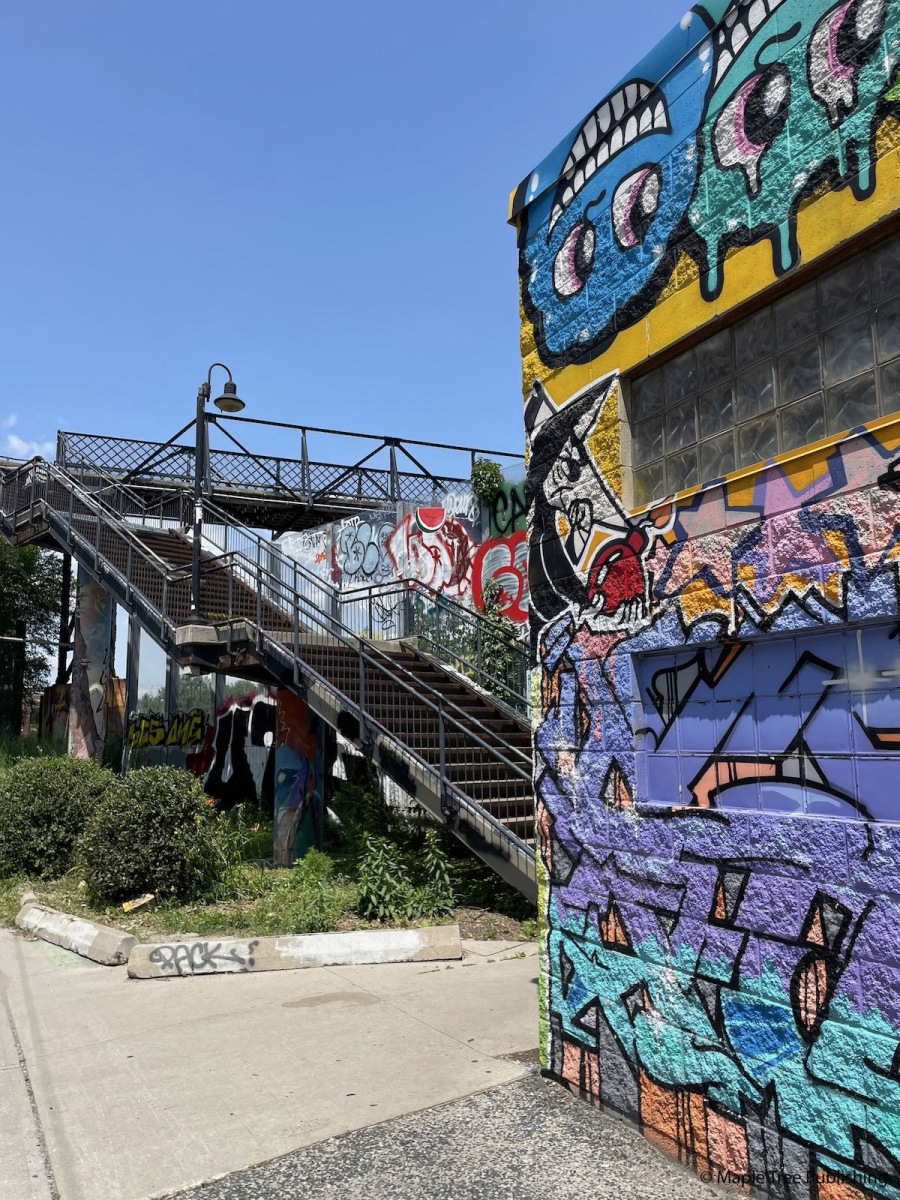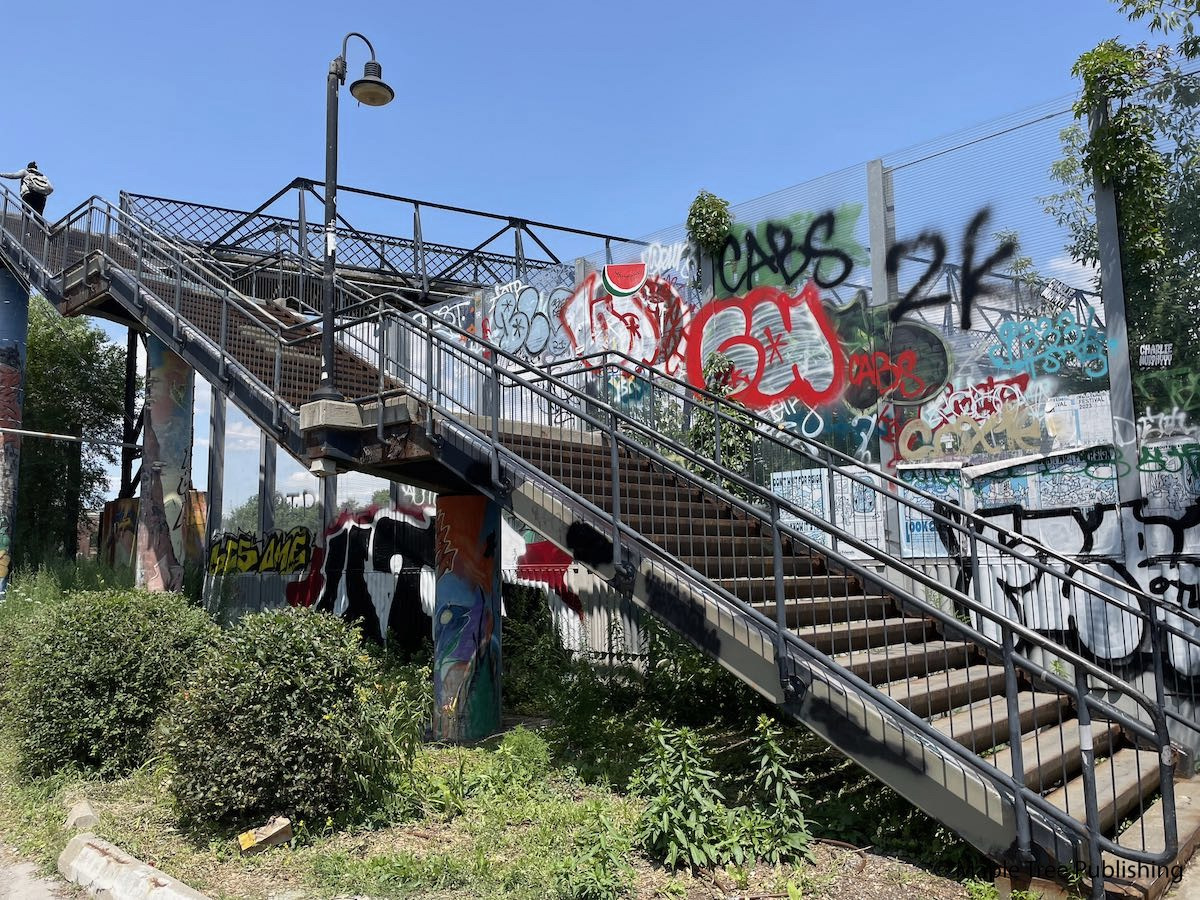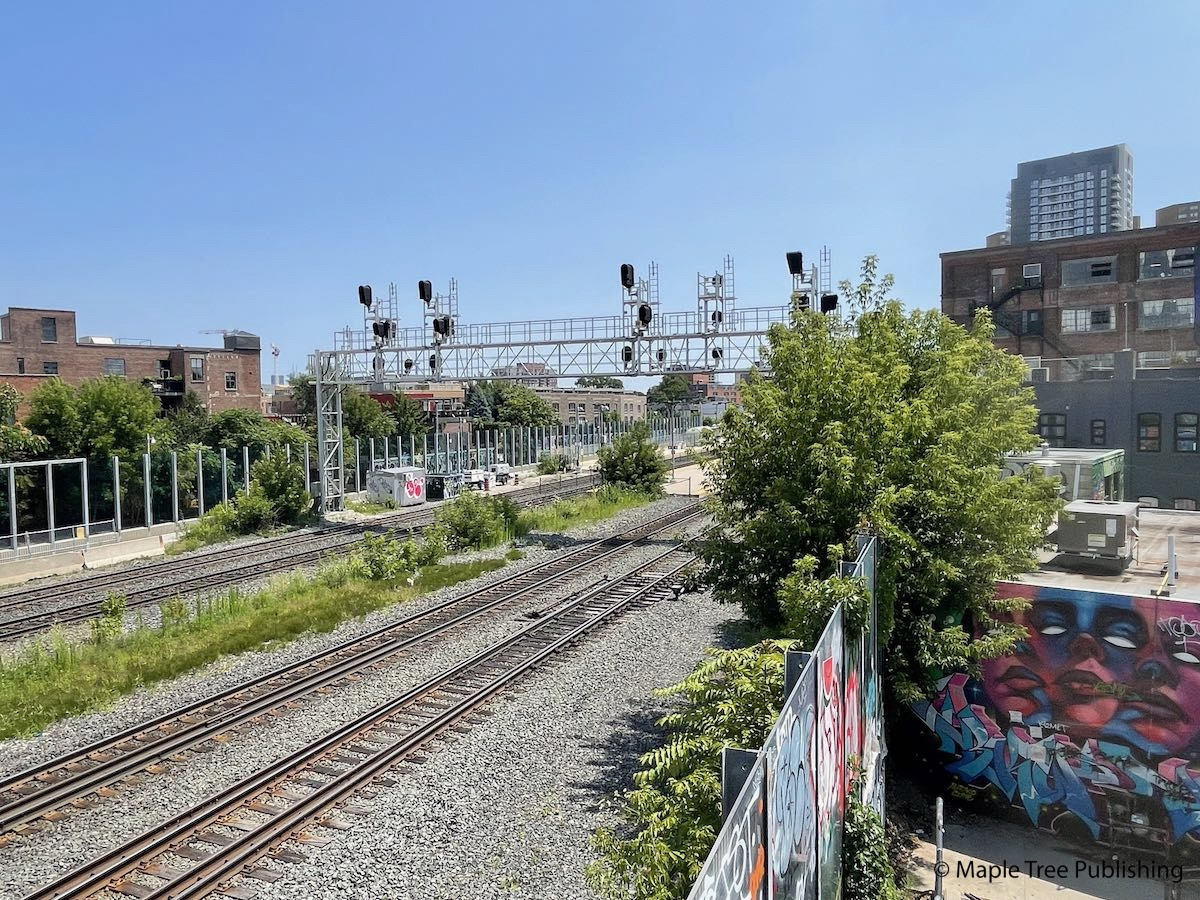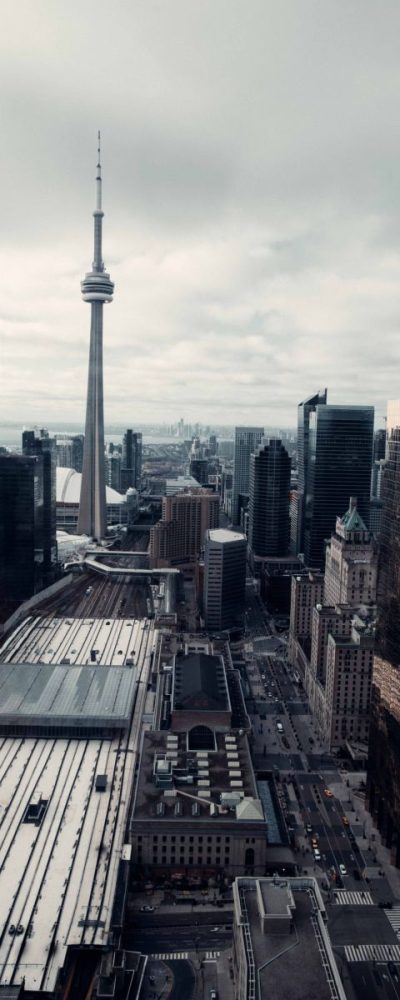West Bend
History:
West Bend has always been defined by the railway that literally shapes the geography of this west-end neighbourhood. The neighbourhood began tot take shape in the early 1900s. It began as mostly working class with many industrial businesses located in close proximity to the railway. In more recent times the community was named the West Bend and a residents association was formed providing residents with a sense of place and a strong community voice.
Overview:
The West Bend “Where Dundas Bends West” is shaped by the railway line that forms the northern boundary of this neighbourhood. The south boundary is Bloor Street, the west boundary is Keele Street and the east boundary is the popular recreational trail known as the West Toronto Railpath. High Park, Toronto’s signature park, is situated just south of Bloor Street. Humberside Collegiate and Western Technical-Commercial high school are both located on the doorstep of this pretty west-end neighbourhood that is home to many families.
Lifestyle:
There are plenty of shopping and restaurant options in this neighbourhood from nearby Bloor West Village, Roncesvalles Village and West Toronto Junction. Keele Community Centre located at 181 Glenlake Avenue is a shared facility with the TDSB. This centre offer a wide variety of programming, including daytime, evening and weekend recreational opportunities for all age groups.
Homes:
West Bend homes were built in the last few years of the 1800s and the early 1900s. They range in style from vernacular cottages, to Victorian, Edwardian and Arts and Crafts. The houses are mostly brick or siding and either semi-detached or detached. There is a great variance in the size of these homes. Many of the larger detached homes have multiple apartments. The streetscape features a varied topography with a varied street pattern lined with a mature tree canopy. The homes feature pretty gardens and a pride of ownership.
Nearby High Park is Toronto’s largest park encompassing 165 acres.. High Park features beautiful gardens and walking paths, an amphitheatre, a children’s playground, a nature centre, a trackless train, an Animal Display, community tennis club, and a museum called Colborne Lodge named after Sir John Colborne, who was a former Lieutenant-Governor of Upper Canada. Colborne Lodge was owned by John and Jemima Howard who in 1873 deeded their 165-acre country property to the City of Toronto. This deed included an agreement that the park remain ‘for the free use, benefit and enjoyment of the citizens of Toronto and it be called High Park’.
Recreation:
The West Toronto Railpath is a 2.1 Kilometre path built on an abandoned rail line, WTR was designed as a safe, car-free, linear park. Railpath follows what was one of many Indigenous trails starting at the shoreline of the ancient Glacial Lake Iroquois; now Davenport Road.Since opening in 2009, it’s naturalized ecology has become a canvas for art, a lively community gathering space, and a catalyst for major neighbourhood changes and connections
Transportation:
The Bloor subway line has a station at Keele Street with bus service operating from the station. The Bloor GO Transit station is located north of Bloor Street West between Lansdowne Avenue and Dundas Street West.
Featured Listings
School Guide
No Records Found
Sorry, no records were found. Please adjust your search criteria and try again.
Google Map Not Loaded
Sorry, unable to load Google Maps API.
Toronto School Resources

Editor’s Note. BEFORE MOVING INTO, BUYING OR RENTING A HOME, PLEASE CONTACT THE SCHOOL YOU ARE CONSIDERING BY PHONE to ensure your home is within the designated boundaries and that your child is age appropriate. WE CANNOT BE HELD RESPONSIBLE FOR ANY MISINFORMATION REGARDING SCHOOL ENROLLMENT SO DO NOT ASSUME that your child can automatically attend a specific school or specialized program until you have official confirmation from that school. Please visit the school board web sites for more information.
